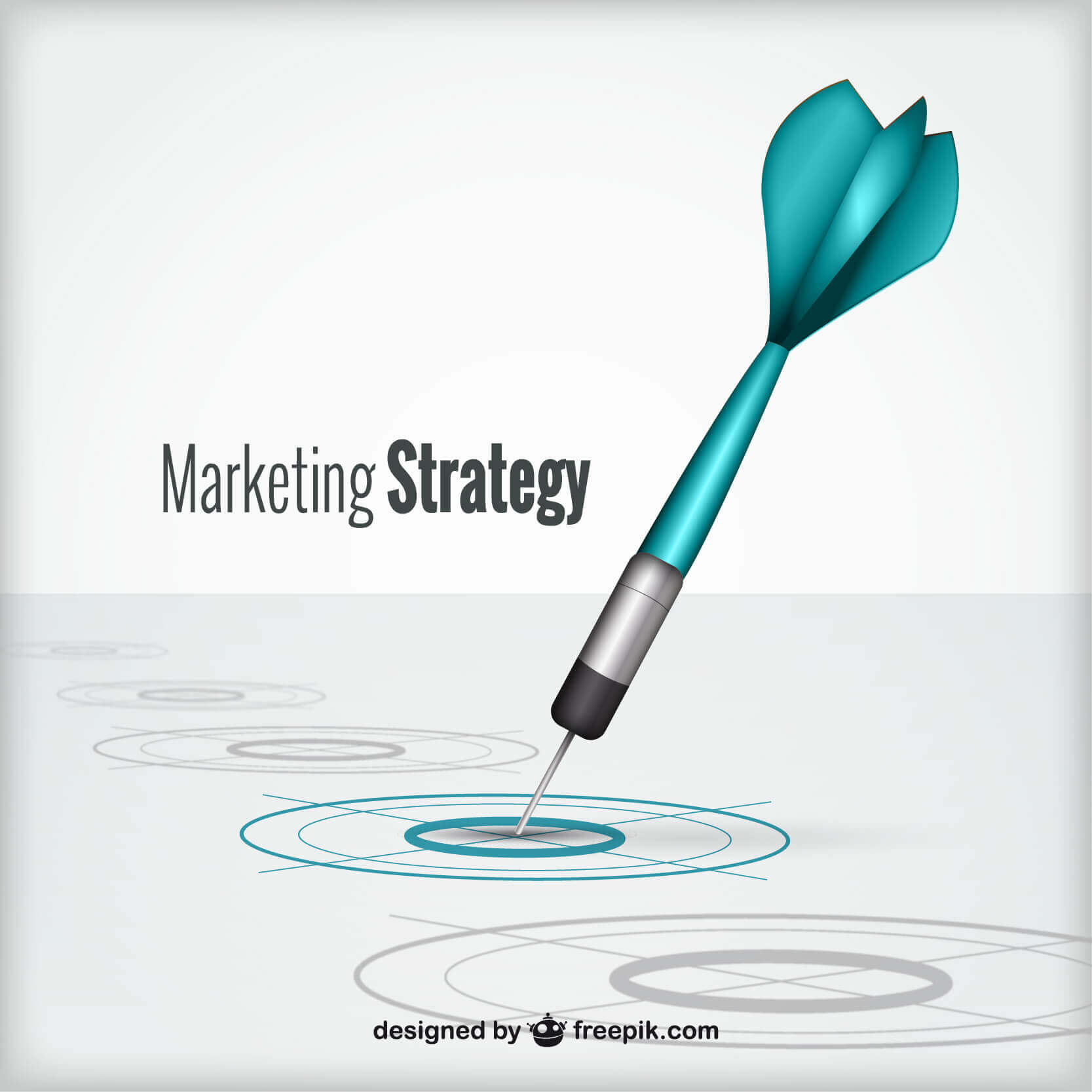Understanding your target market will give you the information needed for an effective promotional plan.
Your target market needs and buyer behavior are the basis for the plan. The market needs dictate your positioning and possible competitive advantage while buyer behavior will determine who you need to sell to and where you need to have a presence.
Who is your target market?
So, it is important, first, to know who your target market is. The target market needs to be narrow enough that they generally behave similarly. However, it cannot be so narrow that you do not have enough potential customers. Marketing, as always, begins with the target market.
What are your target market needs?
The target market needs will determine the strengths you need, and the competitive advantage you select. Try to understand which needs are more important, and whether there are any needs that have not been met – that will be a good source of competitive advantage.
The target market buyer behavior will dictate your promotional plan.
What qualities does your market look for in a supplier?
You need to understand the qualities your market is looking for in a supplier. Some of these might be confidence, knowledge, skills, quality (which would need to be defined), and more. Do they want a hard sell or a soft sell? This will determine your positioning in the marketplace. For example, if your market is looking for a soft sell, and you give them a hard sell on your website, it won’t work.
Who makes the buying decision?
The key person to sell to is the person who makes the buying decision. So, understanding who makes the decision is key. However, sometimes it is a group decision. There can be many stakeholders in the product or service that is used, and they generally have a say, and an opionin.
Even if there is a sole decision-maker, ofter there are influencers ie someone the decision-maker will ask for input prior to making a decision.
You will want to scope out who the decision-maker is, who the stakeholders are, as well as the influencers. When selling, then, you will want pay attention to the interests of each of these people.
Where does your target market hang out?
You will want to know what your target market reads, the websites they look at, the associations they belong to. This gives you the information on where to place your ads, your articles and the associations to join. It also gives you the information on how much to pay for the ads or associations. If the decision-makers don’t read the publication or get involved in the association, just how much do you want to pay?
Of course, sometimes you find out whether your market is there through trial and error. However, market research can go a long way towards finding out, as well as the questions you ask on sales calls, or in any interaction with your customers.
Stay tuned: the next blog will expand on getting the information you need on your target market.
As always, feel free to let me know any topics you would like me to cover.
Have a great week-end!
Photo credit: weegeebored
For more resources, see the Library topic Business Development.







